What is Identity? Identity includes a set of characteristics to identify an individual within an organization or community. ERC 725 and ERC 735 were born with the purpose of standardizing the identification process on the Ethereum blockchain, helping projects easily deploy the identification process on the platform. So what’s special about Identity and ERC 725, ERC 735? Let’s find out with Weakhand in this article.
What is Identity?
Overview of Identity
Identity includes a set of characteristics that identify an individual. It includes qualitative attributes, characteristics and values that the individual can recognize and recognize as his or her own.
Identifiers can include factors such as: Name, gender, nationality, religion, interests or role in society. It plays an important role in identifying and identifying an individual within a community.
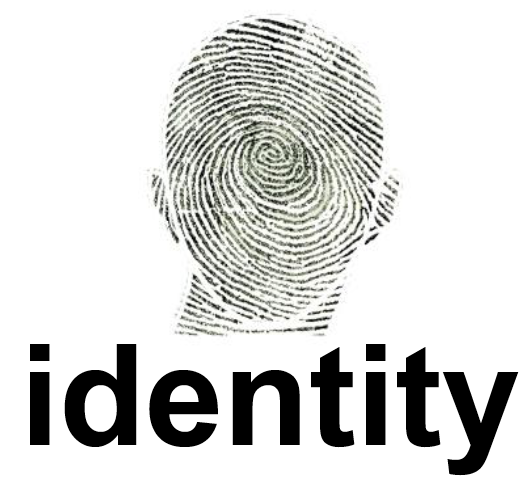
What is Identity?
What is Claim?
Claim are attributes to identify an individual in an organization or community. The simplest example of a Claim is a citizen identification card provided by competent authorities and is evidence to determine an individual’s identity.
In addition, Claim is not bound and flexible to change depending on different circumstances, claims can be used to create other Claims.
For example:
- To create a Google account we need Email or Phone Number. So Claim here is Email or phone number.
- To go for medical examination and treatment, we need citizen identification and some other identification documents. So Claim here is: Citizen identification card and some personal documents.
- Citizen identification can be used to register for a driver’s license exam or register for some activities such as volunteering blood donation, etc.
What is ERC 725 & ERC 735?
ERC 725 is a standard created by Fabian Vogelsteller used for issuing and managing identities through Smart Contracts on the Ethereum blockchain. These identities are used to represent an individual or group of people and hold keys to sign actions such as (transactions, logins, access rights,…) and claim ownership. third-party (issuer) and self-certified (ERC 735).
ERC 735 is an extension of the ERC 725 standard used to add and remove attributes for each Identity on the Ethereum blockchain.
The close relationship between ERC 725 and ERC 735 provides a standardized way to manage and verify identities on the Ethereum blockchain. The following is a diagram depicting the relationship between ERC 725 and ERC 735:
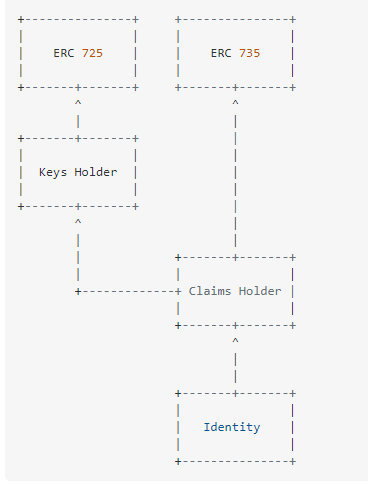
Relationship between ERC 725 and ERC 735
Overall, ERC 725 and ERC 735 help create a more secure and trustworthy digital environment by providing a standardization for identity management and verification, while also providing many benefits and applications. use in the future.
Useful Applications of ERC 725 & ERC 735
ERC 725 and ERC 735 were born with the purpose of solving the current problem of users not really owning their own information. In traditional platforms, this information is stored on centralized servers and it is easy for important personal information such as bank account numbers, bank passwords, etc. to be compromised. Hacker groups exploit and appropriate.
Blockchain with decentralized data storage is a great solution to solve this problem. With the launch of ERC 725 and ERC 725 comes a standardization of user identification on the Ethereum blockchain. Below are some useful applications that ERC 725 and ERC 735 provide:
Decentralized applications (dapps)
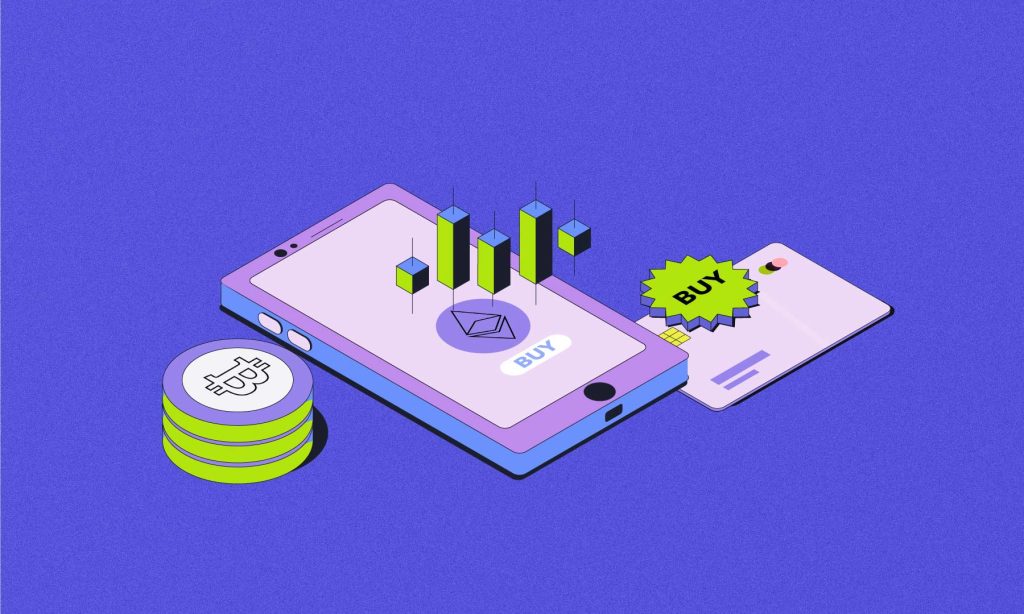
Many dapps require users to have a unique and verifiable identity to use the application. ERC 725 & ERC 735 provide a way for dapp developers to create and manage identities in their applications, making them more user-friendly and secure. In addition, it also opens up many new concepts in the Defi market such as unsecured loans, helping users not need to use collateral and still be able to borrow.
NFT 2.0
The ERC 725 standard makes it easier for Smart Contracts to interact with NFTs. ERC 725 has two small standards: ERC 725X and ERC 725Y. An interesting thing is that when we attach ERC 725Y to standards used for NFTs such as ERC 721, it helps create a new version that is more complex and interesting than the current version. This is because thanks to the feature of adding and removing claims of ERC 725, NFTs can attach more values to increase interoperability.
Provides an easier experience for users
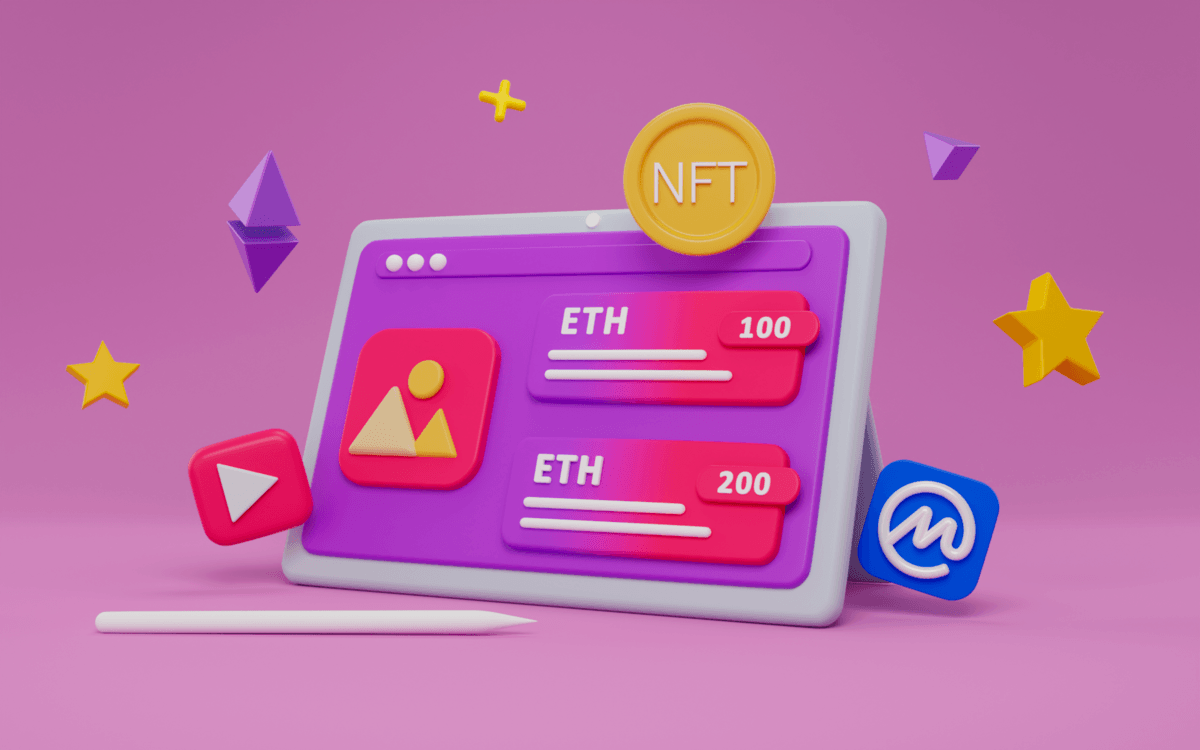
Now users do not need to save Private Keys every time they create a new wallet because we apply the ERC 725 and ERC 735 standards to provide user identifiers on the blockchain. This identifier allows users to interact with every dapp on the Blockchain without creating multiple accounts on different wallets like currently.
Real-world applications
The ERC 725 and ERC 735 standards can be used for various real-world purposes such as: Providing identification documents for refugees or people living in countries with weak identification systems or used to manage land use rights in some countries.
Some Popular ERC 725 & ERC 735 Projects
Currently, on the market there are a number of ecosystems or projects applying ERC 725 & ERC 735 standards. The following are some typical examples.
Lusko
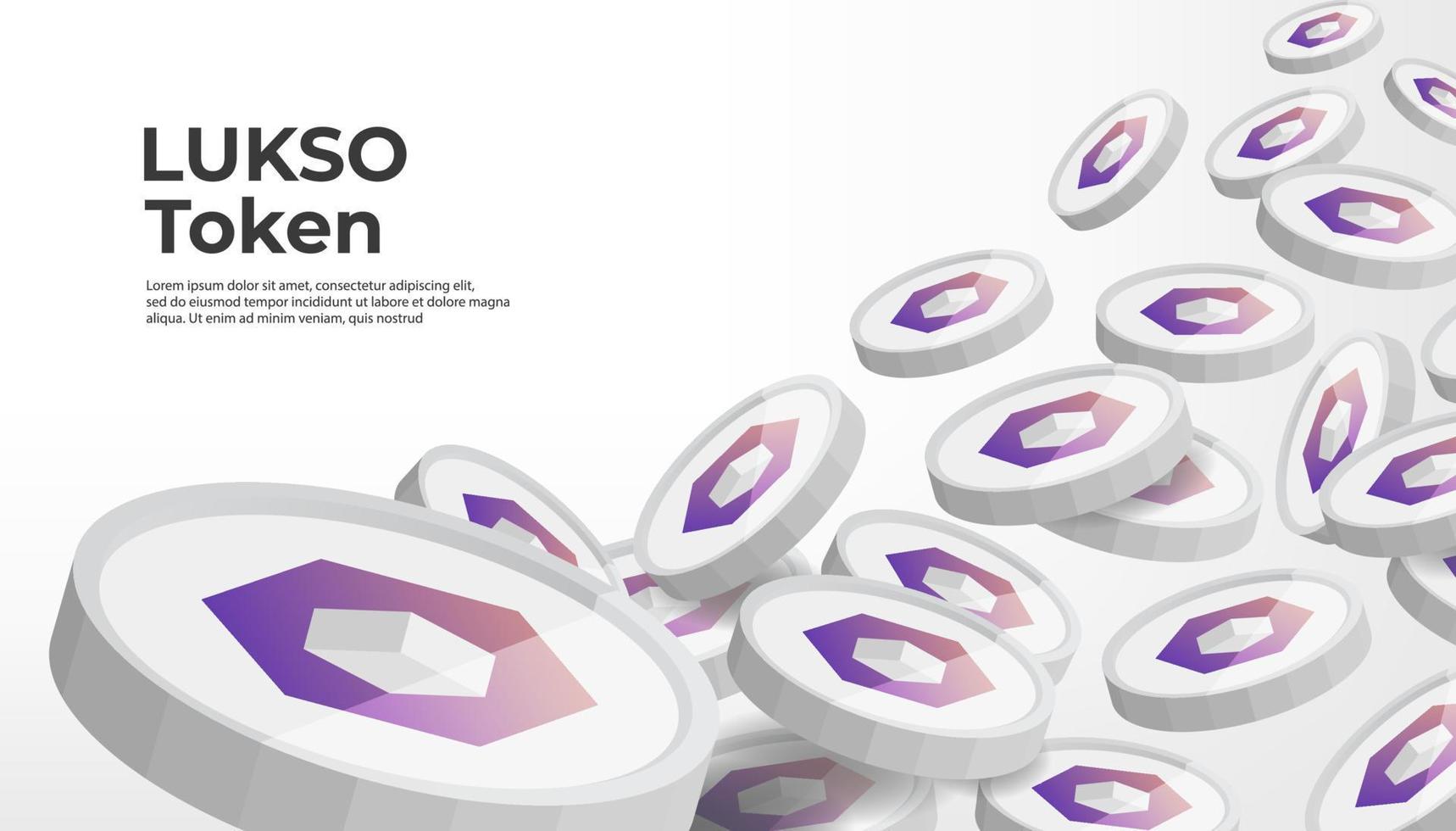
Lusko is a platform that provides Defi-related services and focuses on making Blockchain more popular with the masses. Lusko is developed by Fabian Vogelsteller, author of ERC 20 and ERC 725, developer of web3.js and Mist Browser.
Currently, Lusko is applying ERC 725 & ERC 735 standards on its platform such as:
- Universal Public Profiles: Users can create an electronic profile to interact with the electronic world.
- Digital Certificates: An electronic identity issuance system.
- Currencies: Applying tokens to Blockchain operations.
Origin Protocol
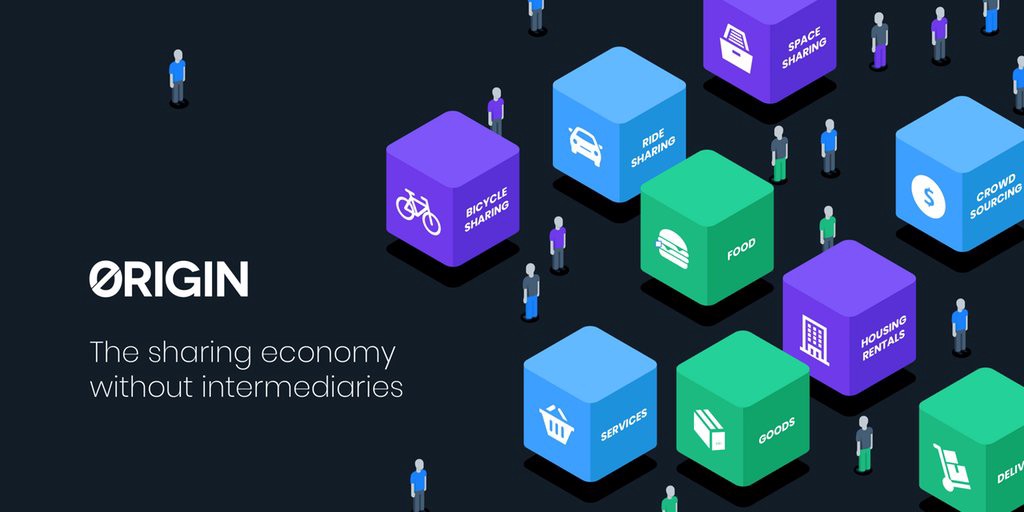
Origin Protocol is a Blockchain platform with the aim of bringing 100 million users into the cryptocurrency space through blockchain-powered products and protocols.
Origin Protocol develops many features including user identity recognition (through the ERC 725 standard), transactions, escrow, ratings and reviews. So now users have the facility to establish their identity and reputation on the blockchain with ratings and reviews collected when users make purchases on any of the marketplaces powered by Origin.
Rate3 Network
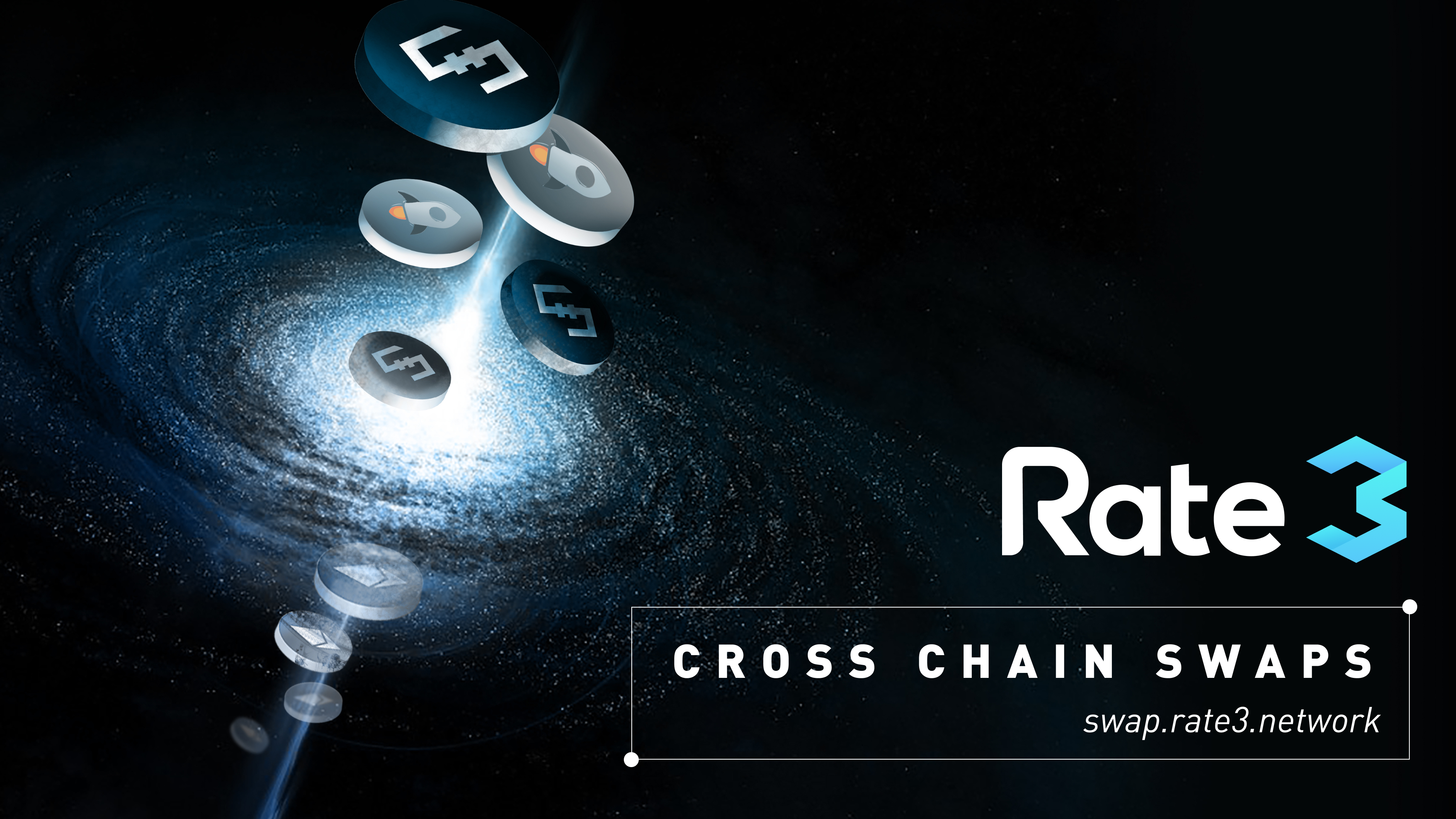
- The identity registry is shared among all registered entities: Rate3 Network uses Rate3 Identity – a Smart Contract that complies with ERC 725 and ERC 735 standards to identify individuals when registering on the Rate3 Network platform. Having a shared identity registry paves the way for a shared reputation system within Rate3’s ecosystem. Additionally, Claim will be made by trusted parties to entities registered on the registry.
- Interoperable cross-string identification: Rate3 Network provides an interoperable identity system between dapps on many different blockchains. For example: Users using a data attestation dapp on Ethereum can make payments on the Stellar network.
summary
Identity and the ERC 725 and ERC 735 standards have been around for a long time but have not yet been popularized in the Crypto market. Part of the reason is that the current infrastructure is still not suitable for developing identification applications, opening up many new fields in Defi such as: unsecured loans,… Above is all The information I want to introduce about Identity as well as ERCC 725 and ERC 735 standards, hope everyone has received interesting knowledge.


